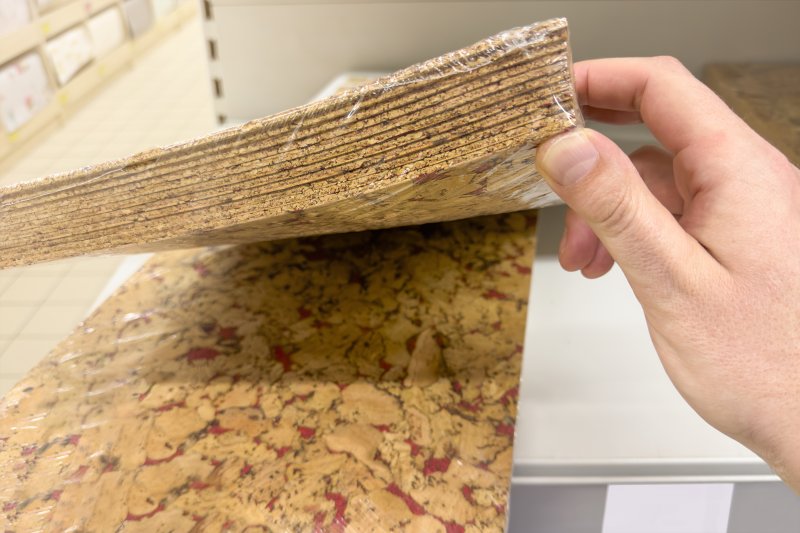Does Plywood Swell? Causes, Precautions and Solutions
Plywood is a frequently used material in many sectors thanks to its durability, lightness and aesthetic appearance. However, from time to time, especially in humid or water-exposed environments, the question "Does plywood swell?" comes to the fore. In this article, we discuss why plywood can swell, precautions that can be taken to prevent this, and how you can increase its durability with the right chemical solutions.
Why Does Plywood Swell?
Plywood is a composite material created by combining thin layers of wood with adhesives. Wood is sensitive to moisture due to its natural structure, and this sensitivity can also manifest itself in plywood. Here are the main factors that can cause swelling:
1. Exposure to Moisture and Water
When plywood is left in a humid or wet environment for a long time, the wood layers absorb moisture, which can cause the material to swell.
2. Using Low-Quality Adhesives
If the adhesives used in plywood production are not moisture resistant, the bonds between the layers can weaken. This can cause swelling and even separation of the layers.
3. Incorrect Application or Storage Conditions
Plywood can absorb moisture and swell if it is not properly protected (for example, if it comes into direct contact with the ground or a puddle).
Precautions to Prevent Plywood from Swelling
Preventing plywood from swelling requires taking the right precautions both during the production process and during use. Here are some points to consider:
1. Prefer Moisture-Resistant Plywood
Marine plywood is more resistant to water and is suitable for outdoor use.
2. Use High-Performance Adhesives
Water-resistant adhesives offered by Lean Makina Kimya increase plywood's resistance to moisture. These adhesives ensure that the layers remain together strongly.
3. Use Protective Coatings
You can apply a waterproof coating or varnish to protect the plywood. This prevents the material from absorbing moisture.
4. Ensure Proper Storage Conditions
Store plywood in a dry and ventilated environment. Store it on a raised surface off the ground to prevent direct contact with water.
What to Do When Plywood Swells?
If your plywood is swollen, although it is difficult to completely restore it, you can minimize the damage with some interventions:
1. Wait for the Drying Process
Remove the swollen part of the plywood from the humid environment and wait for it to dry. However, structural deformations may occur during drying.
2. Sanding and Smoothing
You can smooth the surface by sanding the swollen area. This process can partially correct the aesthetic appearance.
3. Add Protective Materials
Apply water-resistant varnish or coatings to prevent plywood from swelling in subsequent uses.
